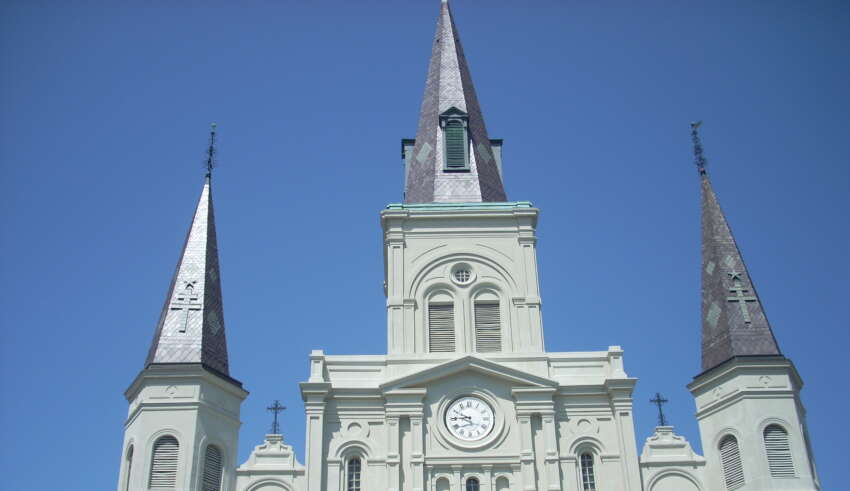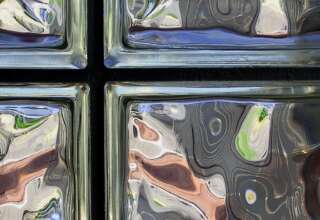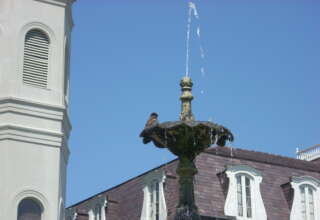
Money from this global (distal) perspective is indeed worthy of Awe. Staying closer to home (a proximal perspective), we look at a large denomination bill and find ourselves in “awe” of what that piece of paper represents. In some manner, we might even be in awe, unconsciously, of a society that can create a collective representation of great wealth by printing a piece of paper containing a large number. Money as a source of value is one of the most “awe-filled” examples of how social construction works in contemporary societies: a piece of engraved paper is transformed from a worthless product of a printing press to a commodity that people will bargain away their family, reputation and life to acquire.
Invisible
The challenge is not just that money isn’t beautiful; it is that money is not visible. It hides in our wallet, our savings account, or our stock portfolio. We know that someone is wealthy, given the clothes that they wear or the setting in which they hang out and the friends with whom they affiliate. However, wealth can be quite elusive, As Morgan Housel (2020, pp. 97-98) notes:
“We tend to judge wealth by what we see, because that’s the information we have in front of us. We can’t see people’s bank accounts or brokerage statements. So we rely on outward appearances to gauge financial success. Cars, Houses, Instagram photos.”
A colleague of mine in Singapore is in the business of serving as a middleman in the sale of very expensive watches (Rolex being at the bottom of the line). He is often involved in the sale of watches valued at more than $100,000. Why such expensive watches? My colleague, who is a psychologist, suggests that it is a matter of wealth being on display. When walking into a meeting or cocktail party, one can’t wear their yacht on their wrist or wrap their stock portfolio around their figure. However, they can display their diamond-incrusted watch or that very expensive string of pearls. Money might be invisible, but wealth can find a way of showing itself.
Housel would disagree with me on this point. First, he (Housel, 2020, p. 98) observes that “modern capitalism makes helping people fake it until they make it a cherished industry.” However, “faking it” usually doesn’t work, for when wealth is being ostentatiously displayed, it is considered a sure sign of a financial imposture.
Perhaps a flashy watch or stunning set of pearls works in Singapore (as dramatically portrayed in the movie, Crazy Rich Asians); however, this does not seem to be the case in the United States and most other Western countries. With authentic wealth, the watch is mostly covered by the sleeve. The set of pearls is modestly and tastefully displayed on an elegant but plain dress.
Housel (2020, p. 98) goes much further in his description of hidden wealth: “the truth is that wealth is what you don’t see.” He offers some details:
“Wealth is the nice cars not purchased. The diamonds not bought. The watches not worn, the clothes forgone and the first-class upgrade declined. Wealth is financial assets that haven’t yet been converted into the stuff you see.”







